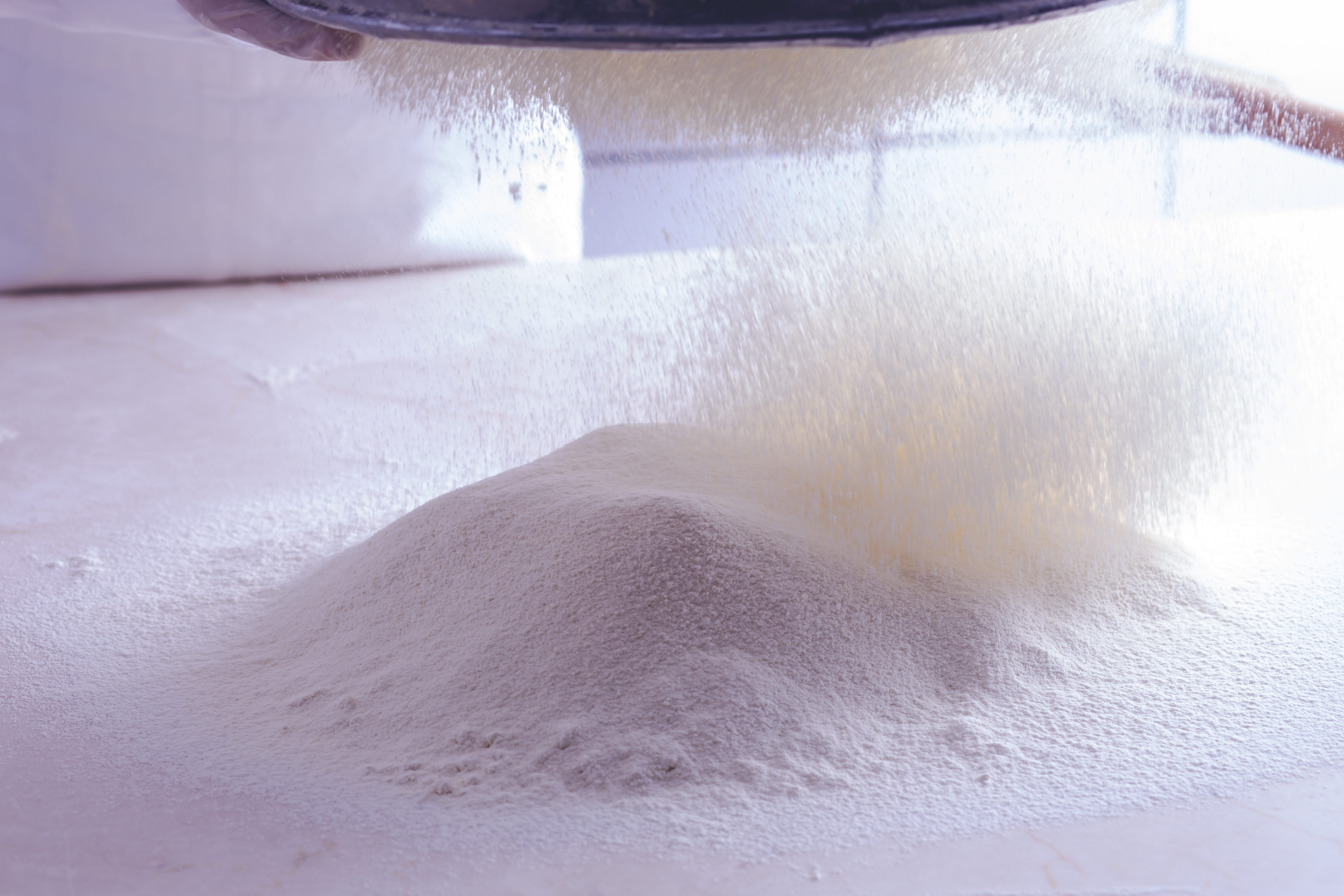News

Normalizing Material Delivery – Dry Ingredients
Batch recipes are often created considering a fixed amount of dry ingredients and liquids. Many dry products used in recipes are moist, featuring a measured amount of dry products and water. This poses a challenge for batch operators who mix the ingredients using assumed ingredient quantities and qualities.
Source vessels hold ingredients, the properties of which can be analyzed and noted by using batch automation. ECS Solutions, a Magnum Systems brand, utilizes systems that can leverage theoretical values as a foundation for operation. After receiving or analyzing the ingredient’s moisture levels, the system can be updated to reflect the most accurate moisture content.
Challenges arise when ingredients are stored for extended periods, resulting in moisture changes. Additional difficulties crop up when multiple lots of the same ingredient are stored together in a vessel like a silo, each containing a unique moisture content. Upon release into a batch, this problem can be exacerbated if the lots blend, resulting in a close but not exact moisture content sent to the batch.
ECS uses On-Line Near Infrared (OMNIR) sensors to tackle this situation precisely. The sensor is positioned after the vessel discharge, offering real-time feedback of the moisture content as the product passes and just before it enters the batch. By continuously monitoring the properties of the material being added, the necessary amount can be dynamically adjusted, providing the required units of each property as specified by the recipe’s author. With these calculations, other materials can also be adjusted, such as the amount of water needed to compensate for water introduced by the monitored ingredients.
This system relieves the operator from needing to scrutinize the material properties and flow conditions and make adjustments and remediation efforts based on institutional knowledge. The automated adjustments are tightly controlled and meticulously logged to the batch record, significantly improving how the operators detail their manual efforts. Without this valuable automation, the operator may be required to spend a substantial amount of time monitoring numerous subsequent ingredients in the same manner.
The type of automation greatly enhances product consistency and quality. It also reduces errors, leading to fewer remediation efforts and significant savings in time and materials. When lot product consistencies remain stable, the sensor can optimize product genealogy tracking by easily identifying one lot from another. The sensor achieves this by pinpointing the boundary-layer nature of the flowing material.
This sensor solution can be applied to any ingredient and application featuring dry ingredients mixed with liquids as part of a batch. It can also be used for any ingredient possessing a measurable quality. For instance, ECS frequently uses online refractometers to manage the consistency of tomato paste products by controlling the amount of water in the product based on a similarly measured Brix variable. Utilizing similar tools for retrofit projects improves the accuracy and consistency established by the initial implementation of an automated batch management system.
Given the inherent benefits of this scalable solution, it is no surprise that ECS has applied it to numerous batch systems across a wide range of material properties. These applications vary from sub-kilogram ingredient additions to tons. ECS’s world-class systems represent one of the many innovations that distinguish them from the competition by mindfully integrating material analysis with top-notch batch processing.
Contact us today to learn how we can help you save valuable time and materials by customizing your batch process with precision automation.
Posted In: Bakery Industry, Beverage Industry, Blogs, Chemical Industry, Consumer Goods, Distilleries, Food Industry, Metals, Metals Industry
